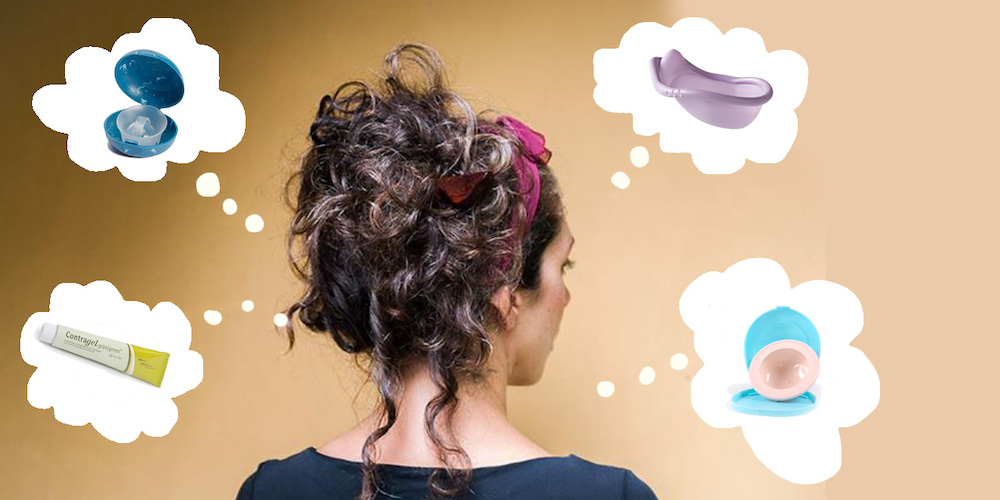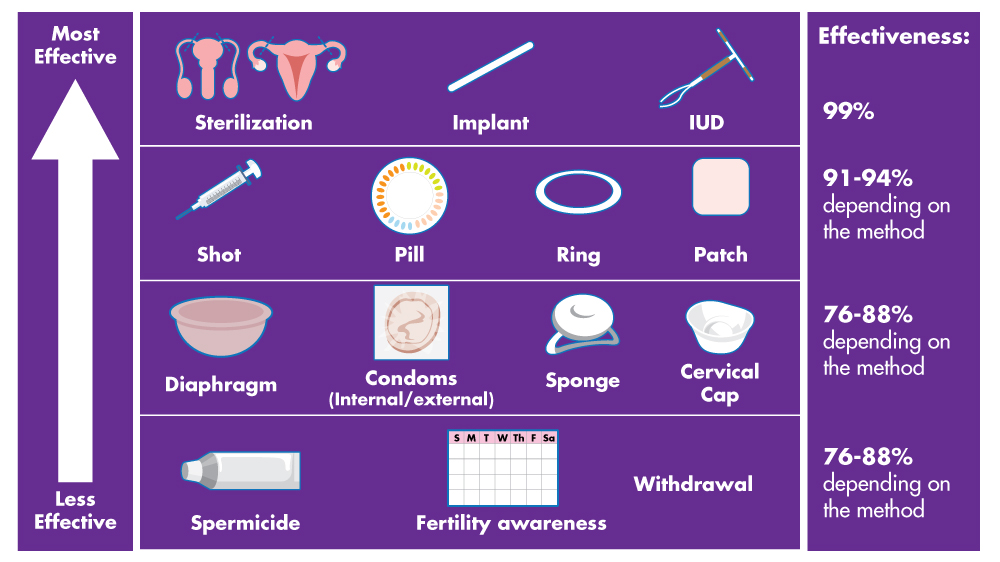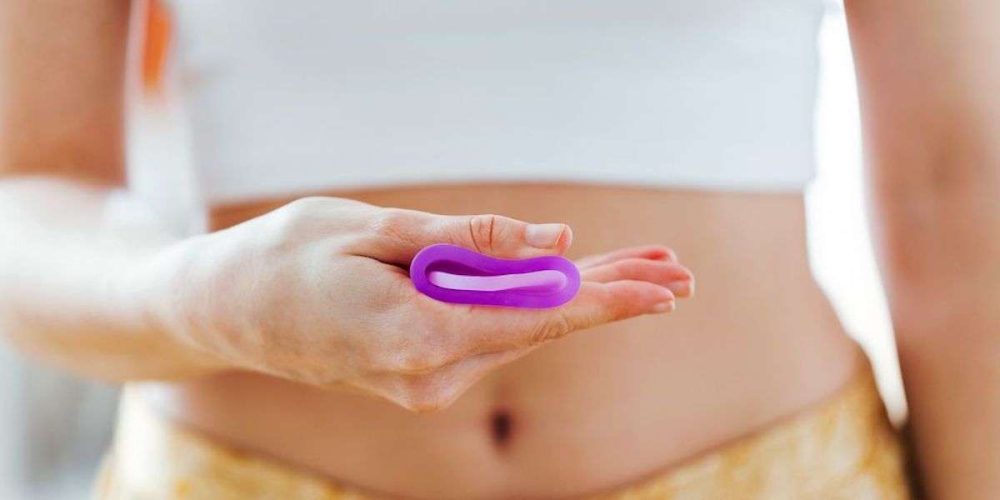Contraceptive diaphragms have been a trusted method of birth control for many women. They offer a reliable and non-hormonal alternative to other contraceptive options.

In this blog post, we will delve into the pros and cons of contraceptive diaphragms, highlighting their effectiveness, convenience, and potential advantages for women’s reproductive health.
The pros of using contraceptive diaphragms
Non-Hormonal and Reversible
One significant benefit of contraceptive diaphragms is that they do not contain hormones. For women who prefer non-hormonal birth control methods or experience side effects from hormonal contraceptives, diaphragms provide an effective option. Once the diaphragm is removed, fertility can quickly return, making it a suitable choice for women who desire flexibility in family planning or wish to conceive in the near future.
Effectiveness and Privacy
When used correctly and consistently, contraceptive diaphragms have proven to be highly effective at preventing pregnancy. They provide a physical barrier that blocks sperm from reaching the cervix. Unlike some other forms of contraception, such as oral contraceptives or intrauterine devices (IUDs), diaphragms can be used discreetly without others being aware of their use. The diaphragm is 86% effective with perfect use but with day-to-day use it is 82% effective.
Control and Autonomy
Contraceptive diaphragms empower women by giving them control over their reproductive choices. Unlike methods like condoms or spermicides, women can use a diaphragm independently without relying on their partner’s cooperation. This allows for greater autonomy in decisions related to pregnancy prevention.
Few Side Effects
Unlike hormonal methods, diaphragms do not disrupt natural hormone levels or cause systemic effects. Hormonal contraceptives carry a small risk of certain health complications, such as blood clots, stroke, or hormonal imbalances. The diaphragm, being non-hormonal, eliminates these specific risks associated with hormonal methods. Some women may experience mild discomfort or an increased risk of urinary tract infections, but overall, the side effects are typically minimal and easily manageable.
Affordable and Cost-Effective
Compared to long-term contraceptive methods like IUDs or implants, contraceptive diaphragms are relatively affordable. They have a one-time cost and can be used for several years with proper care. This cost-effectiveness makes them an accessible option for women seeking reliable birth control without incurring significant ongoing expenses.
Compatibility with Breastfeeding
Contraceptive diaphragms are compatible with breastfeeding, making them a suitable choice for postpartum women. Since they do not contain hormones, they do not interfere with milk production or quality. Diaphragms provide a safe and effective option for women who want to avoid hormonal contraceptives while breastfeeding.
The most popular contraceptive diaphragms
The cons of using contraceptive diaphragms
Requires Insertion
The diaphragm needs to be inserted into the vagina before sexual intercourse, which may require practice and familiarity. Some individuals may find the insertion process inconvenient or uncomfortable.
Fitting and Sizing
Diaphragms come in various sizes, and a proper fitting is crucial for effectiveness. The Milex diaphragm ranges from 60mm diameter to 90mm. Achieving the correct fit requires a visit to a OBGYN for measurement and fitting. The Femcap on the other hand doesn’t requite a fitting, you can choose between 3 sizes.
Maintenance and Care
Proper maintenance and care are necessary to ensure the diaphragm’s effectiveness and longevity. This includes cleaning it before and after use, storing it properly, and checking for any damage or deterioration.
Interruption of Spontaneity
The need to insert the diaphragm before sexual activity may interrupt the spontaneity of the moment. Some individuals may find this interruption inconvenient or prefer a contraceptive method that does not require immediate action.
Possible Discomfort
Some individuals may experience discomfort or a sense of awareness when using the diaphragm. Sensations such as pressure or feeling the presence of the diaphragm during intercourse can vary among users.
Increased Risk of Urinary Tract Infections (UTIs)
Using a diaphragm may slightly increase the risk of UTIs in some individuals. This can be mitigated by proper cleaning and maintenance of the diaphragm and urinating before and after intercourse.

Contraceptive diaphragms offer numerous benefits as a non-hormonal and reversible method of birth control. They provide women with control over their reproductive choices, privacy, and an effective means of preventing pregnancy. With minimal side effects and cost-effectiveness, diaphragms are a convenient option for those seeking reliable contraception without relying on hormones.
It’s important to weigh these inconveniences against the benefits of using a contraceptive diaphragm. Considering personal preferences, lifestyle, and sexual habits can help individuals determine if the diaphragm is a suitable choice for them or if another contraceptive method may be more convenient. Consulting with a healthcare professional can provide further guidance and assistance in making an informed decision.
Did you know?
The contraceptive diaphragm was invented in the late 19th century. The exact date and inventor are subject to debate, as various designs and prototypes existed during that time. However, the modern contraceptive diaphragm, as we know it today, was further developed and popularized in the early 20th century. In 1882, German physician Wilhelm Mensinga patented a rubber cervical cap, which laid the foundation for the later development of the diaphragm. Over the years, the design and materials of the diaphragm have been improved and refined to enhance effectiveness and comfort.



